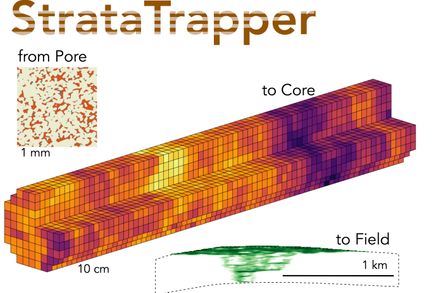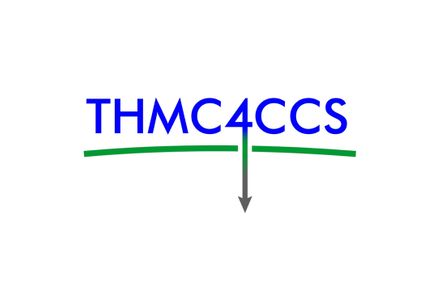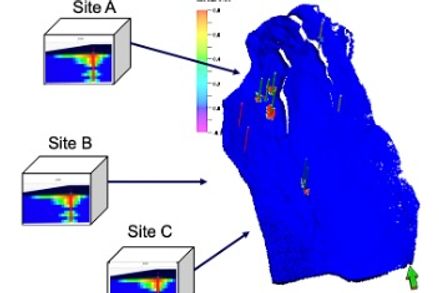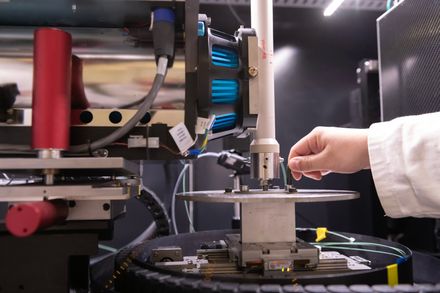BibTex format
@inbook{Krevor:2020:10.1039/9781788012744-00238,
author = {Krevor, S and Blunt, MJ and Trusler, JPM and De, Simone S},
booktitle = {RSC Energy and Environment Series},
doi = {10.1039/9781788012744-00238},
pages = {238--295},
title = {Chapter 8: An introduction to subsurface CO<inf>2</inf> storage},
url = {http://dx.doi.org/10.1039/9781788012744-00238},
year = {2020}
}





